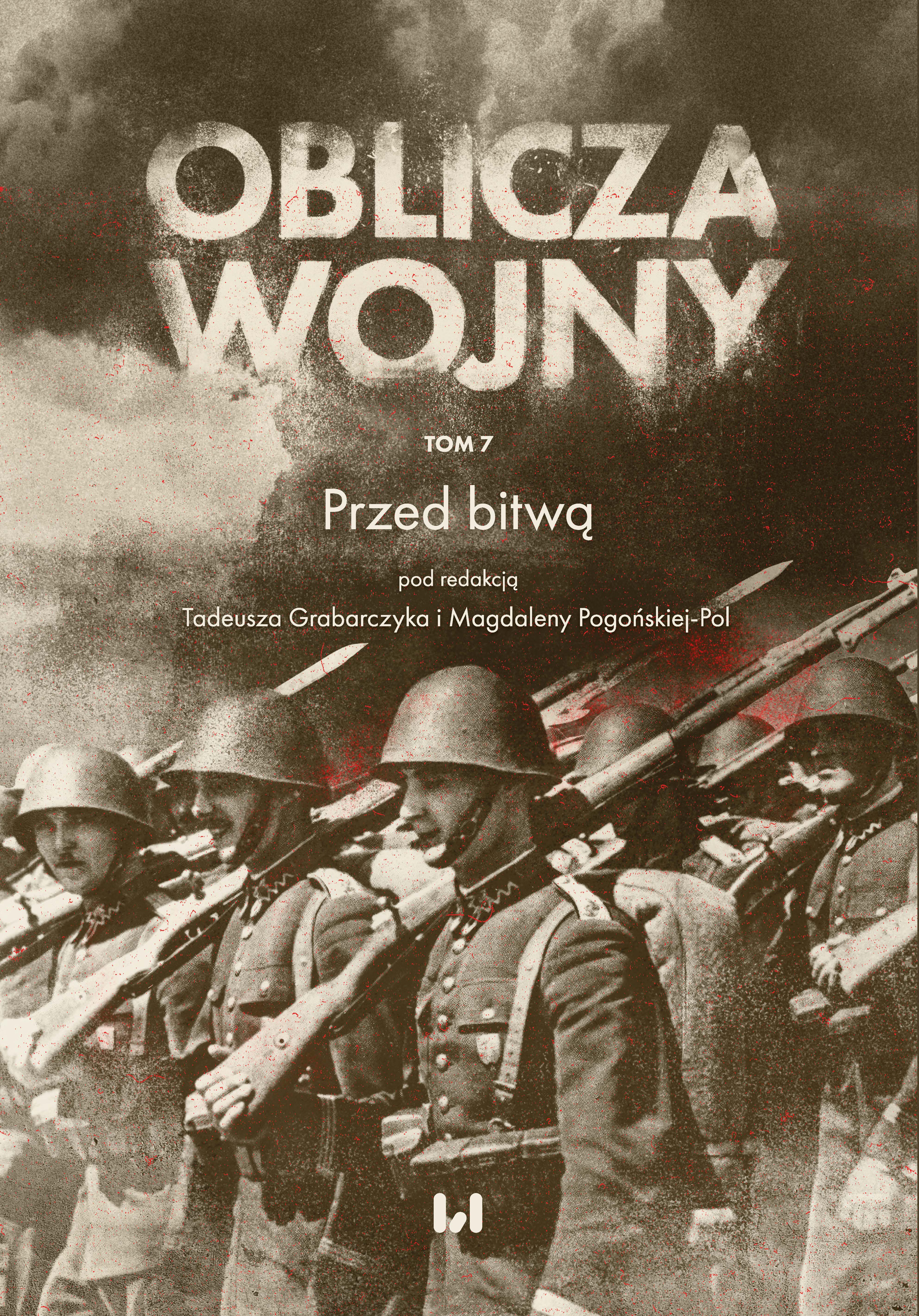‘Harce’, or Single Combat before the Battle
‘Harce’, or Single Combat before the Battle
Author(s): Jan Szymczak
Subject(s): History, Military history
Published by: Wydawnictwo Uniwersytetu Łódzkiego
Keywords: Poland 10th–16th century; war; solo duels; skirmishers; knightly ethos
Summary/Abstract: Harce or harc (Hungarian: harcz; Italian: arciere; Russian: styčka/стычка) are single combat skirmishes between individual warriors fought before a battle in front of both enemy armies. Sometimes it was a duel between the commanders of the army or the best warriors delegated by the opposing sides, which would decide the outcome of the battle without it being fought. The first place on the list of knights who won fame for the Polish army belongs to the Silesian prince Boleslav I the Tall, who defeated an opponent of enormous stature during the Italian expedition of Emperor Frederick Barbarossa in 1162 near Milan. In the 13th–16th centuries in Poland, harce were popular in battles fought on an open field and during sieges of fortified structures. Both heavy knights and light cavalrymen participated in them. Harce or single combat is a custom known since ancient times. It was popular in the era of knightly cavalry in the Middle Ages and persisted into early modern times. The characters from Henryk Sienkiewicz’s novels set in the 17th century still maintained this tradition.
Book: Oblicza Wojny, t. 7, Przed Bitwą
- Page Range: 143-159
- Page Count: 17
- Publication Year: 2023
- Language: English
- Content File-PDF

